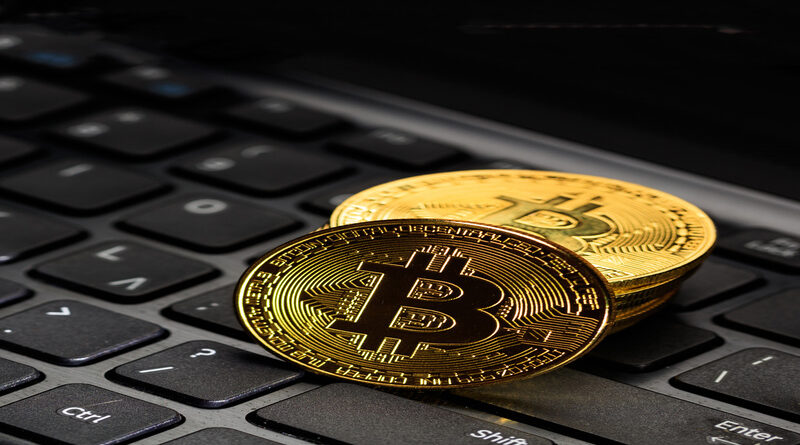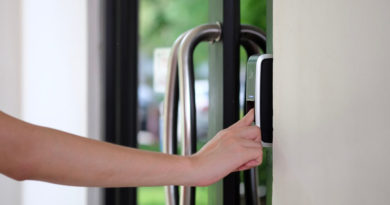Beyond The Cloud: How To Make Biometrics More Secure With The Blockchain
The cloud has been instrumental in advancing innovations in many areas including security. Without cloud computing, biometrics security wouldn’t be nearly as effective.
There is just one problem. The cloud is just a server and as such could provide a vulnerability that can be breached. If a hacker is able to get through the line of defense, then it is a virtual buffet once they get in. With the rate that AI is improving, it may be only a matter of time before it can be used to mimic human actions and infiltrate even the best security systems.
Which is why people should be looking closely at the blockchain. It is not impossible to hack into, but it is so difficult that it could be considered as such. The blockchain has gone far beyond just issuing cryptocurrencies. The questions now are not about where to buy bitcoin and moved to questions about how to make the internet more secure.
In this article, I will go over several of the ways that biometrics and security can become better managed through the blockchain.
Decentralized is the answer
A cloud server is basically just one server. It is physically located in one place with probably a few backups scattered around the world. The blockchain resides on millions of computers.
If somebody wanted to steal the biometric data from somebody that had it stored on the blockchain, the hacker would need to hack into millions of computers simultaneously and change the hash where the data is stored. It should be obvious the difficulty here that borders on the impossible.
Another threat to security beyond the idea of data being hacked is that often there is a third party involved somewhere that is buying and selling the biometric data. Not only is this unethical but it can also be used for some nefarious purposes.
That can’t happen in the blockchain because people have more control. They would know immediately if the hash is changed and even a third party attempting to gather data from the hash would set alarm bells to those monitoring the blockchain if the user didn’t explicitly allow it.
Blockchain-based smartphones
Another weak link in biometric security is on our smartphone. Unfortunately, we use our phones as an extension of our hands and depend on it for a range of sensitive transactions. Phones are so easily hacked that our data is extremely vulnerable even when the cloud server is very secure.
There has been a lot of innovation by the likes of Samsung and HTC to create a blockchain-based smartphone. Instead of connecting to cloud servers, they will connect to the blockchain. In other words a totally decentralized web.
All of the apps on the phone will run through the peer to peer backed blockchain. Nobody will be able to hack the apps on the phone without using the keys that the owner of the phone has. Even the owner of the phone will lose access if they lose the keys themselves.
Though that’s is a sign that the security is extremely high, it is also a downside as people may spend a lot on a phone that becomes useless if they lose access.











